How to Optimize LL-HLS for Low Latency Streaming
by THEO Technologies on February 1, 2022
In our Comprehensive Guide to Low Latency, we have covered how LL-HLS works and how the end-to-end solution should look as well as suitable use cases and THEO’s recommendations for LL-HLS implementations. In this guide, we are going to focus on how to tune LL-HLS better for Low Latenc …
Optimizing LL-HLS: How does HESP fare against LL-HLS?
by Negar Hajihoseini on October 20, 2021
In the previous blog, we’ve covered the 4 key factors affecting the quality of low latency streaming experience when utilising Apple's LL-HLS protocol. Additionally, we have also discussed the importance of GOP size and its impacts on the overall viewing experience and provide 4 recom …
Operating HESP with low encoding costs
by Pieter-Jan Speelmans on October 6, 2021
The High Efficiency Streaming Protocol (HESP) comes with a lot of advantages. It allows for sub second latency over standard HTTP CDNs (and the cost to scale benefit they bring), with unrivalled channel change times. The high QoE HESP delivers is the result of it’s main difference wit …
Optimizing LL-HLS: 4 Recommendations For The Best Low-Latency Streaming
by Negar Hajihoseini on September 22, 2021
In the previous blog, we’ve covered the 4 key factors affecting the quality of low latency streaming experience when utilising Apple's LL-HLS protocol. Additionally, we have also discussed the importance of GOP size and its impacts on the overall viewing experience. In this blog, we w …
Optimizing LL-HLS: The Impacts of GOP size on Viewing Experience
by Negar Hajihoseini on September 14, 2021
In the previous blog, we’ve covered the 4 key factors affecting the quality of low latency streaming experience when utilising Apple's LL-HLS protocol. In this blog, we will take a dive into the importance of Group of Pictures (GOP) and its impacts on the overall viewing experience. A …
Optimizing LL-HLS: 4 Key Factors affecting its performance
by Negar Hajihoseini on September 9, 2021
In the previous LL-HLS series, we’ve covered how it works and how the end-to-end solution should look as well as suitable use cases and THEO’s recommendations for LL-HLS implementations. In this blog series, we want to focus on how to tune better for Low Latency Streaming with an intr …
A comprehensive Guide to Low Latency
by THEO Technologies on February 21, 2021
Latency, low latency, ultra-low latency are becoming increasingly important. New developments like LL-HLS and CMAF-CTE both confirm and support this statement, in addition to other streaming protocols such as webRTC and RTMP. With all the technology and the definition of latency, it c …
State of the Industry - How will streaming evolve in 2021
by THEO Technologies on February 1, 2021
2020 was certainly an interesting year: COVID forced people across the world to stay indoors, with bars and theaters closing and cancellations of festivals and events resulting in entertainment to be sought elsewhere. Before the summer, it caused spikes in network consumption due to a …
Low-Latency Everywhere: How to Implement LL-HLS Across Platforms
by Pieter-Jan Speelmans on December 9, 2020
With the publication of the iOS 14 family last September, Apple has officially released LL-HLS support across its ecosystem. The Apple device family, which spans iPhones, iPads and Apple TVs has a significant market share. With about 25% of mobile devices worldwide running iOS, and th …
THEO, Wowza & Fastly Present a Low-Latency HLS Solution
by THEO Technologies on September 30, 2020
Since its release by Apple to combat scaling issues in 2009, HTTP Live Streaming (HLS), has become one of the most popular and widely supported streaming protocols today. Throughout the last decade we have seen the market change and the demand for lower latencies is higher than ever. …


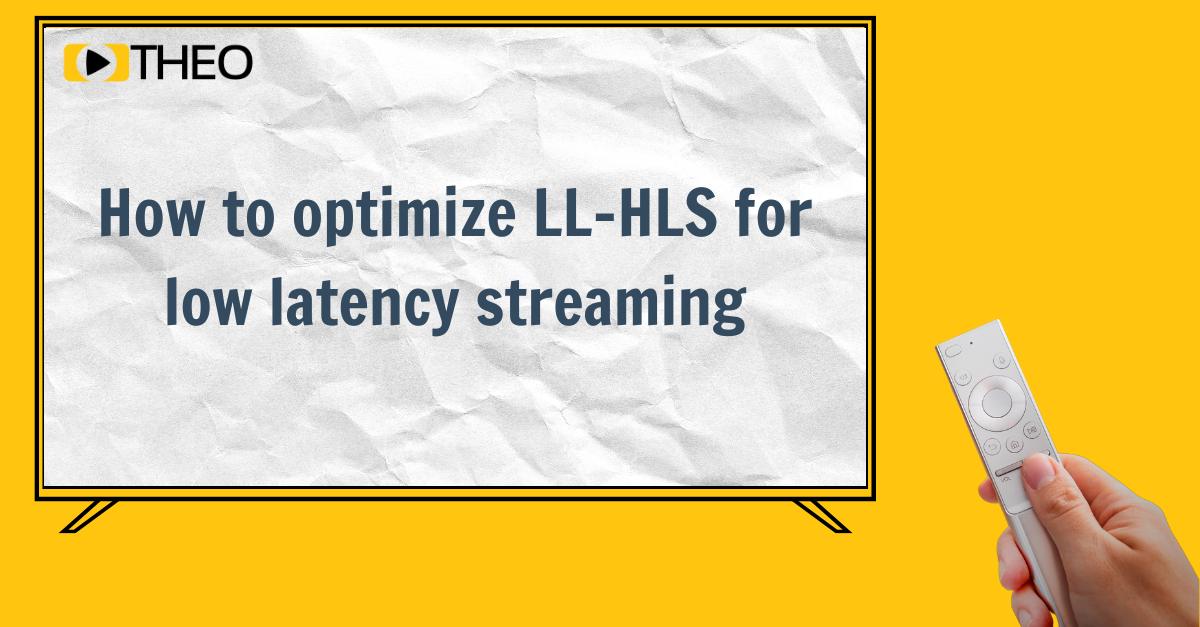
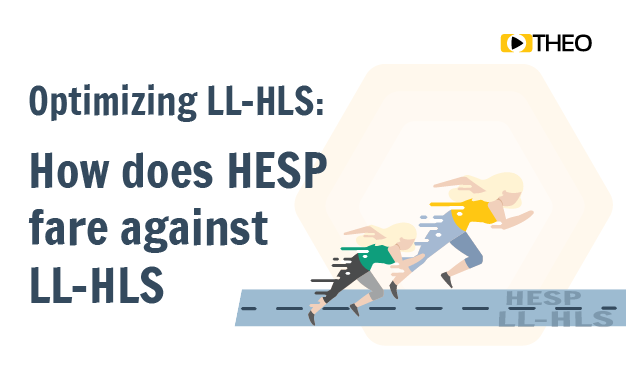
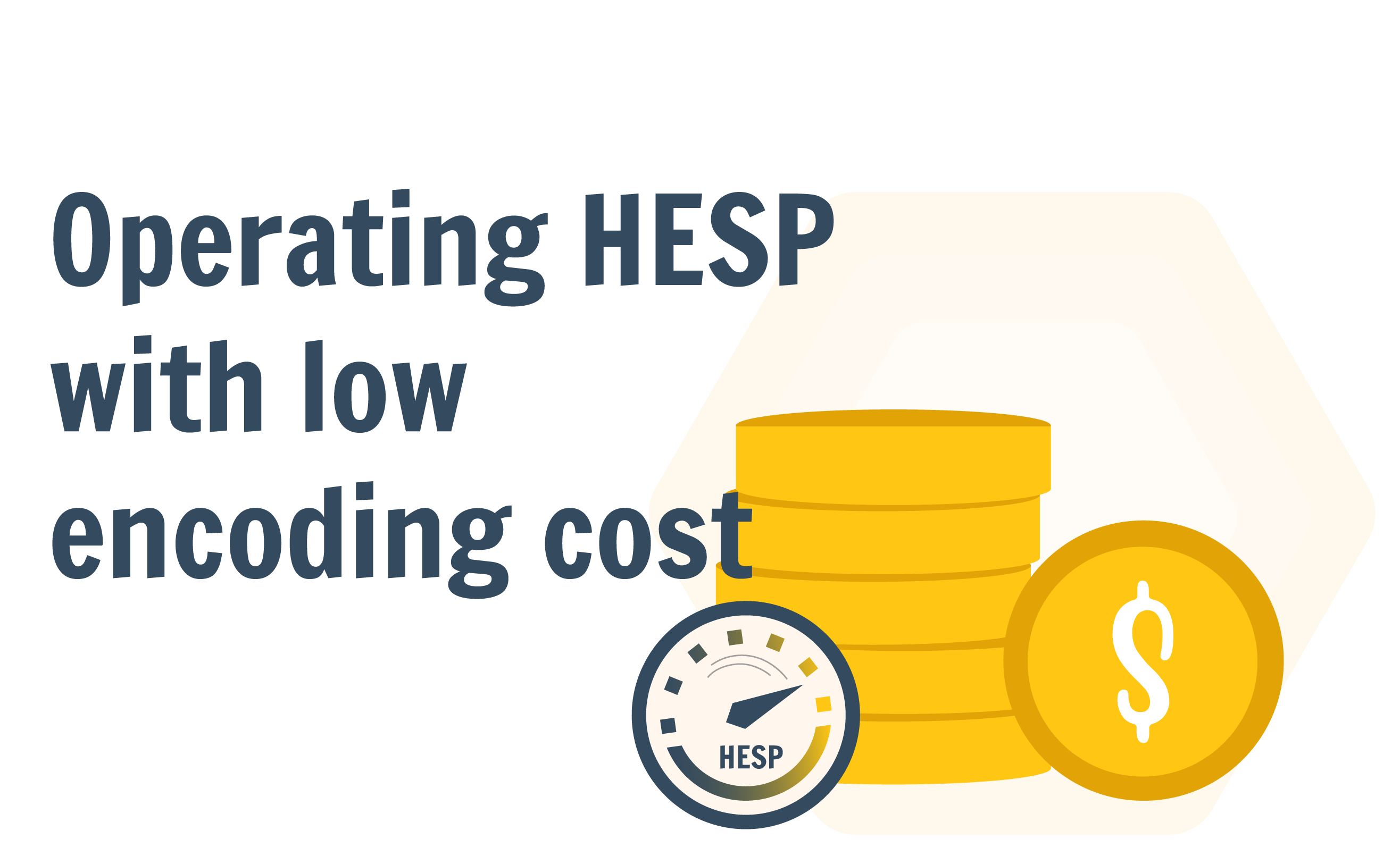
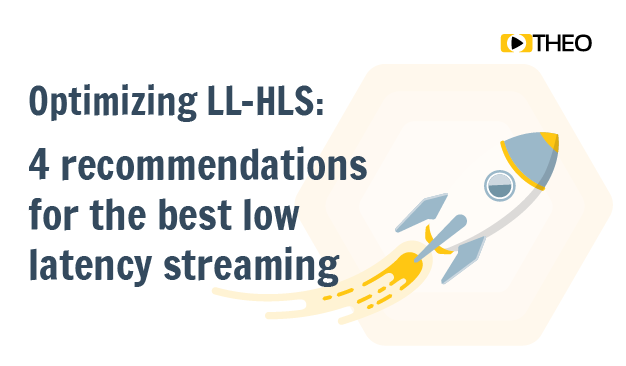
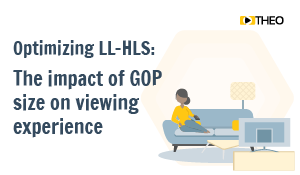
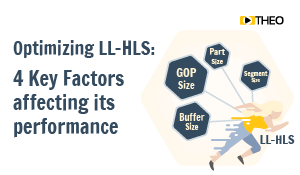
.png)
.png)
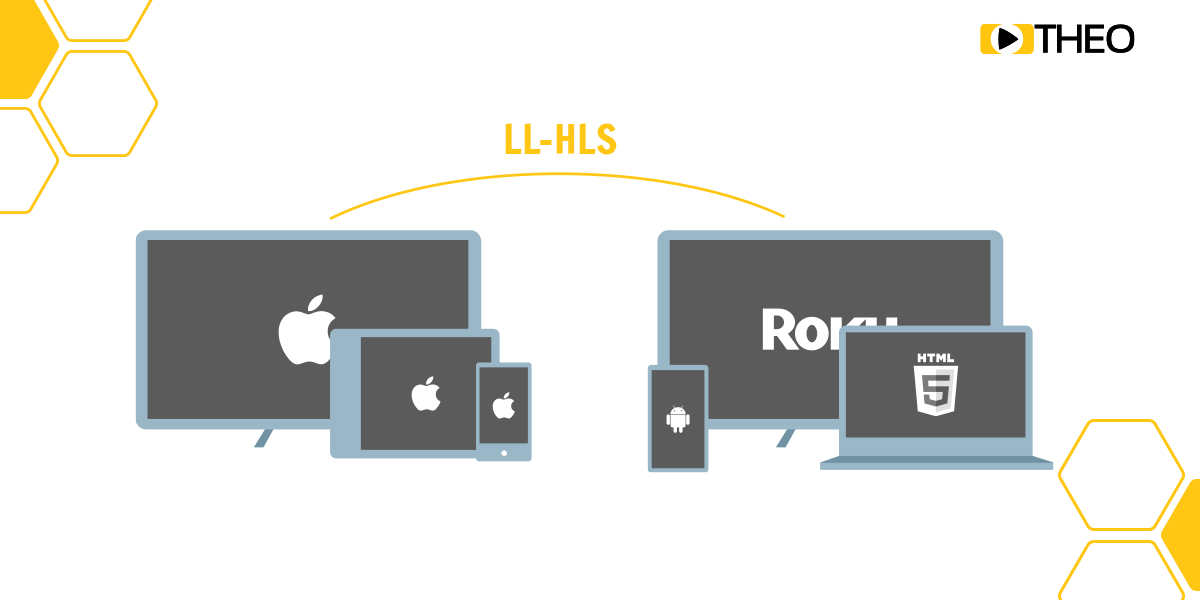
.png)